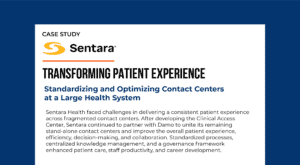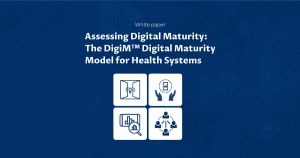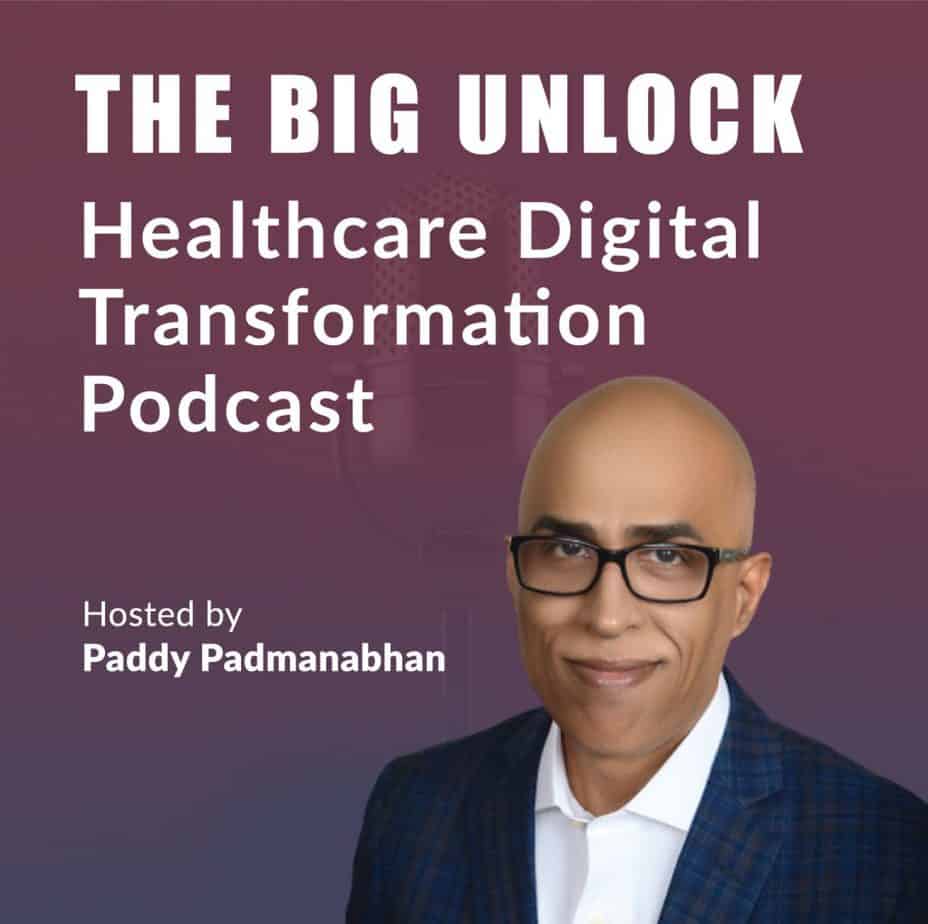Expanding Patient Interactions in Healthcare: Key Strategies Revealed

For patients, interacting with healthcare organizations has historically lacked customization and personalization. They are compelled to use the communication channels provided by organizations and access care with defined constraints. These constraints often include limited contact hours, specified methods of contact, and limits on the types of issues or topics that can be addressed. Forward-thinking and service-oriented health systems recognize the pivotal role of patient experience and satisfaction in their success. Patients, along with other stakeholders such as members and caregivers, benefit when given the power of choice, personalization, and control.
Healthcare organizations have pursued digital transformation to improve care delivery, patient experience, and financial performance through cost savings or increased revenues. Digital transformation strategies are now starting to include Generative AI, a branch of artificial intelligence that can generate original content such as images, text, or audio that is not explicitly programmed by humans but is similar in style and structure to existing examples. Gen AI algorithms are rapidly expanding the design of tools that help keep the patient firmly in focus.
Even with the best design, organizations benefit from giving special attention to key factors that significantly impact patient satisfaction with provider organizations:
- Choice: Empowering patients by designing and developing tools that increase their options.
- Personalization: Enabling a high degree of personalization and relevance to the patient.
- Control: Giving patients control over their interactions and communications.
These factors create a meaningful and efficient patient journey, ensuring care and communication at the right time. Let’s examine each of these factors more closely and how AI and Gen AI are expanding and improving the capabilities of each.
1. Empowering Patients Through Increased Choice
In healthcare, offering patients choices is pivotal to enhancing their experience. Patients should be free to select their healthcare provider and care team, learn about and choose treatment plans that align with their goals, and participate in shared decision-making processes.
The foundation for patient choice is patient education. By leveraging and providing digital education technology that delivers curated, clinically validated information about their condition, diagnoses, medications, lifestyle choices, support, and resources, patients become aware of available options and can better participate in decision-making. Technology can also allow patients to access information in various formats adapted for different types of learners.
Generative AI, powered by advanced machine learning and vast data sets, rapidly advances patients’ access to highly relevant information, improving their ability to understand and make personal healthcare choices.
Ideally, patient education integrates with their other health data so that providers can see what information their patients have accessed and offer further guidance or answer questions and concerns.
By informing and involving patients in decisions about their care, healthcare providers ensure that treatments align with patients’ values and preferences, leading to more satisfying outcomes.
2. Personalizing the Patient Journey
Personalized healthcare acknowledges that each patient has unique needs and circumstances. Advancements in technology, such as electronic health records and data analytics, enable healthcare providers to gather extensive patient information. This data allows providers to personalize treatment plans, medication regimens, and support services. Tailoring healthcare experiences to individual needs fosters trust and satisfaction, making patients active and satisfied participants.
Using Gen AI, virtual health assistants can analyze available patient data, sometimes supplemented by non-clinical data, and engage in natural language conversations with patients, providing personalized and relevant information. For example, if a patient asks about a medication, the virtual health assistant can relay information based on their medical history, including diagnoses, other medications, and allergies.
An equally important benefit is that these tools reduce staff burdens by helping to focus healthcare providers on more complex tasks. Recently, GE Healthcare and Mass General Brigham announced the co-development of an AI algorithm that will help increase productivity and effectiveness. Keith Dreyer, DO, PhD, and the Chief Data Science Officer, has stated, “[AI] technology has the potential to reduce burnout and allow physicians to spend more time with patients, which may ultimately lead to better outcomes.”
3. Granting Control to Patients
Healthcare organizations are finding ways to give patients more control over their health journey and how patients interact with providers and staff, using tools that encourage and enable self-management. Chatbots, apps, digital tools, and telemedicine services allow patients to monitor their health, adhere to treatment plans, and make informed lifestyle choices, often on their schedule and at their own pace.
By being active participants, patients gain a sense of control, leading to increased confidence and overall satisfaction with their experiences. Patient touchpoints that were once difficult and frustrating, such as finding a provider, scheduling a visit, or refilling a medication, can now be done directly, conveniently, and efficiently.
Not surprisingly, patient expectations have aligned with how people interact with retail organizations. Retail companies have a head start in customer experience, and many companies, such as Amazon, CVS, and Microsoft, are playing in the healthcare ecosystem, blurring the lines between retail and healthcare. The good news is that patients still prefer and trust their providers and are not quick to give up those relationships for retail convenience.
For healthcare organizations, it is important to establish the right leadership to oversee and manage new programs and technologies. As a sign of the growing importance given to patient experience, increasingly, the role of Chief Experience Officer or Chief Patient Experience Officer is being added to leadership teams to help drive positive clinical and non-clinical interactions that better align with the service needs and expectations of customers. Similarly, in acknowledgment of the rise of AI and Gen AI, another growing trend is adding (or planning for) a Chief AI Officer. Expect to see more and more of these key roles in the next few years.
Hospitals and health systems remain the preferred source of healthcare information and services and have a window of opportunity to meet or exceed expectations and remain competitive in the new healthcare ecosystem. In the case of GE Healthcare and Mass General Brigham, they have agreed to a 10-year commitment to explore AI in ways that will support each patient’s journey. Patients and healthcare organizations benefit and thrive when technology empowers people to .
Damo has helped many leading organizations assess and advance their patient experience initiatives. Reach out to us for a complimentary consultation. Discuss how your organization could approach and develop a strategy based on your needs and goals.














